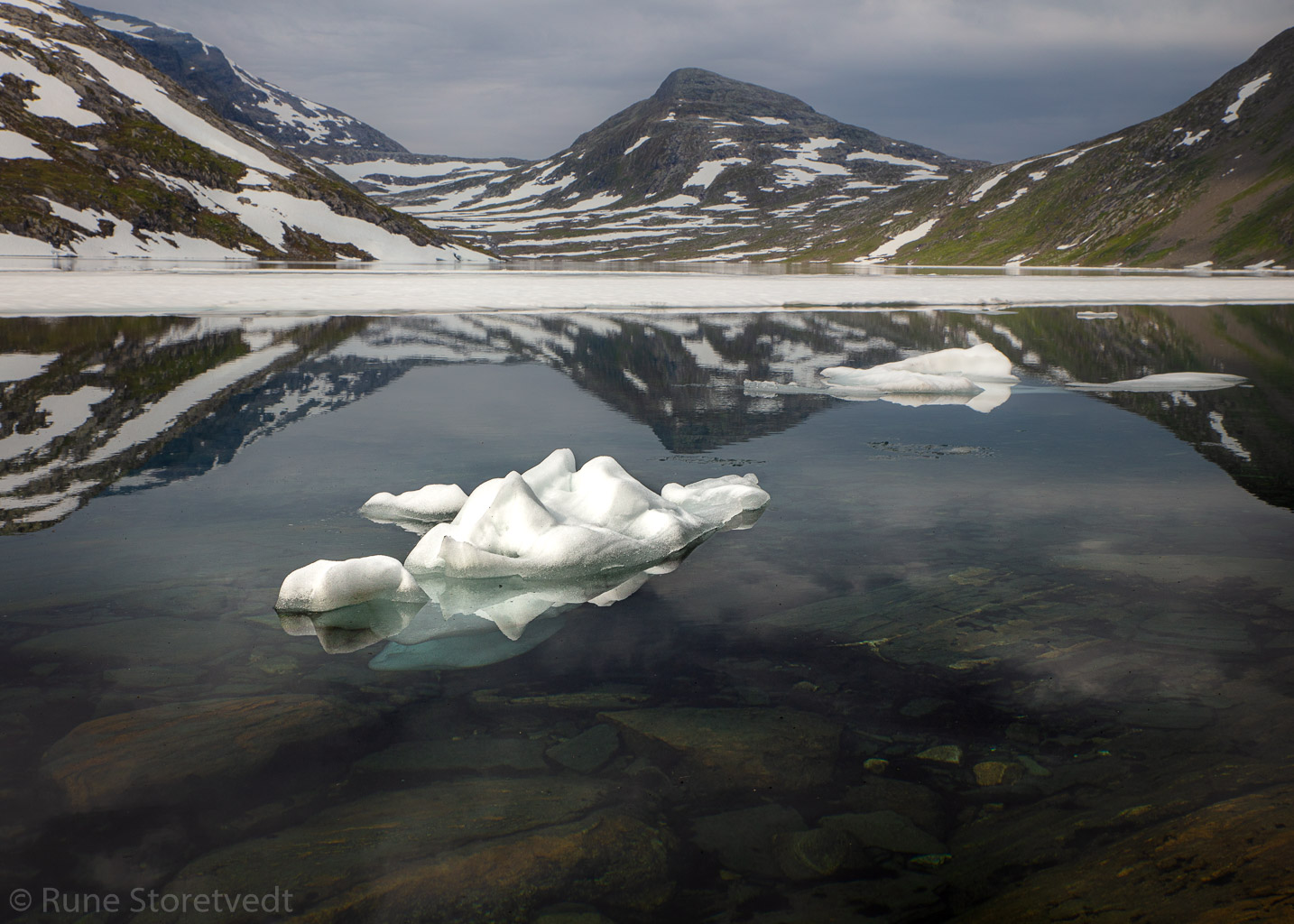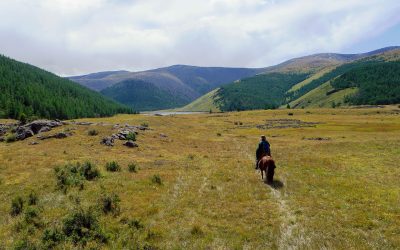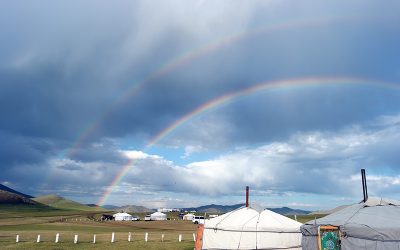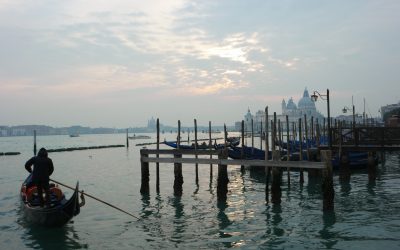Evidence suggests that processes at the outer core and/or D” layer release energy and buoyant masses that lead to formation of the oceanic depressions on the surface of the Earth. Such irregularly-distributed degassing would produce lateral physico-chemical variations in the mantle instigating changes of the planet’s moments of inertia; intermittent events of polar wander (spatial reorientation of the globe) and a mixture of continual and episodic changes of planetary spin rate will ensue.
The consequence of this development is that the principal facets of Earth history – including the very reason why geological time boundaries can be defined – have a stop-and-go feature. The developing lithosphere will be subjected to stepwise latitude-dependent wrenching producing fold belts along time-equivalent equators, with a second set of tectonomagmatic rift belts evolving in palaeomeridional settings.
Due to the Earth’s rotational slowing through time, the rift belts, oriented orthogonally to corresponding palaeoequators, were of much greater significance in the Precambrian than during the Phanerozoic. However, in the course of time, the main tectonic pattern has changed in conformity with events of polar wander – the equatorial bulge and aligned fold belt have now and then shifted their position across the globe. Various lines of evidence suggest that the relatively fast-spinning Archaean Earth had its approximately present spatial setting, but at around the Archaean-Proterozoic boundary a major change in global dynamics occurred, heralding a significant change in Earth history.
The new relative equator was placed along present-day Arctic Canada and Labrador Sea, continuing along present-day Central and South Atlantic. Orthogonal to the Proterozoic palaeoequator there developed a number of major tectonomagmatic belts, including the Grenville Province, Ellesmerian-North Greenland zone, and the Pan-African and Brazilian mobile belts.
A major event of polar wander was brought about in the middle to late Ordovician – the new palaeoequator ran across the northern North Atlantic, forming the basis for the global wrench tectonic processes that produced the Appalachian-Caledonian fold belt. In subsequent times, successive events of polar wander have caused the palaeoequators across Europe to undergo a discontinuous southward change; this is the reason why the tectonomagmatic belts across Europe are progressively younger to the south.




